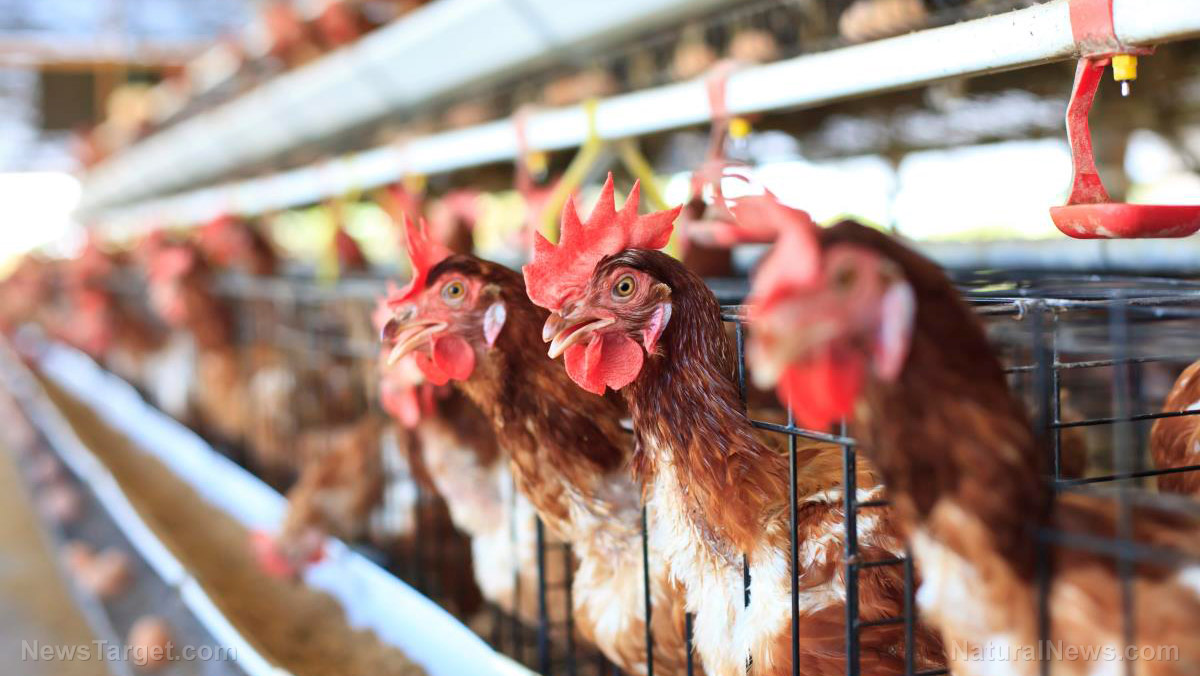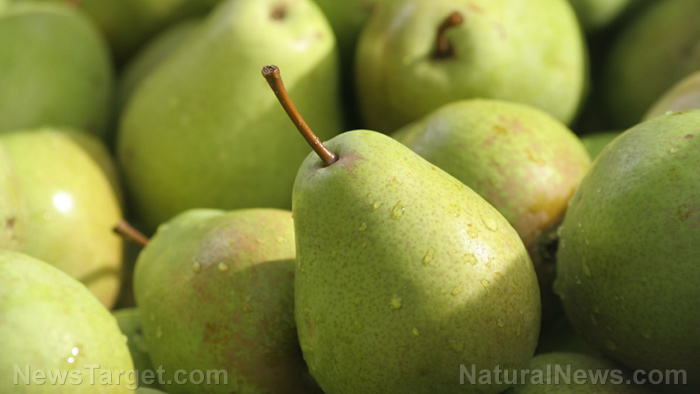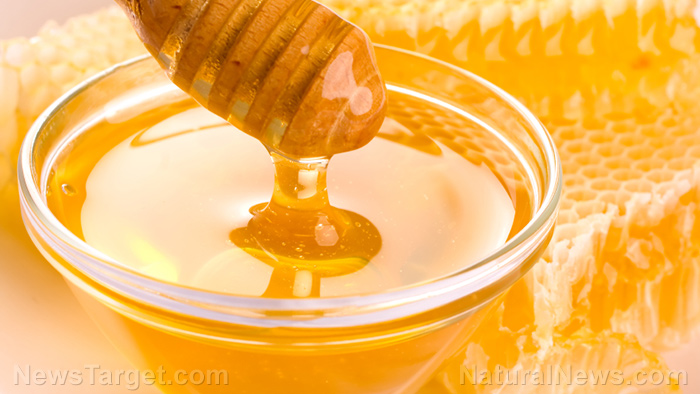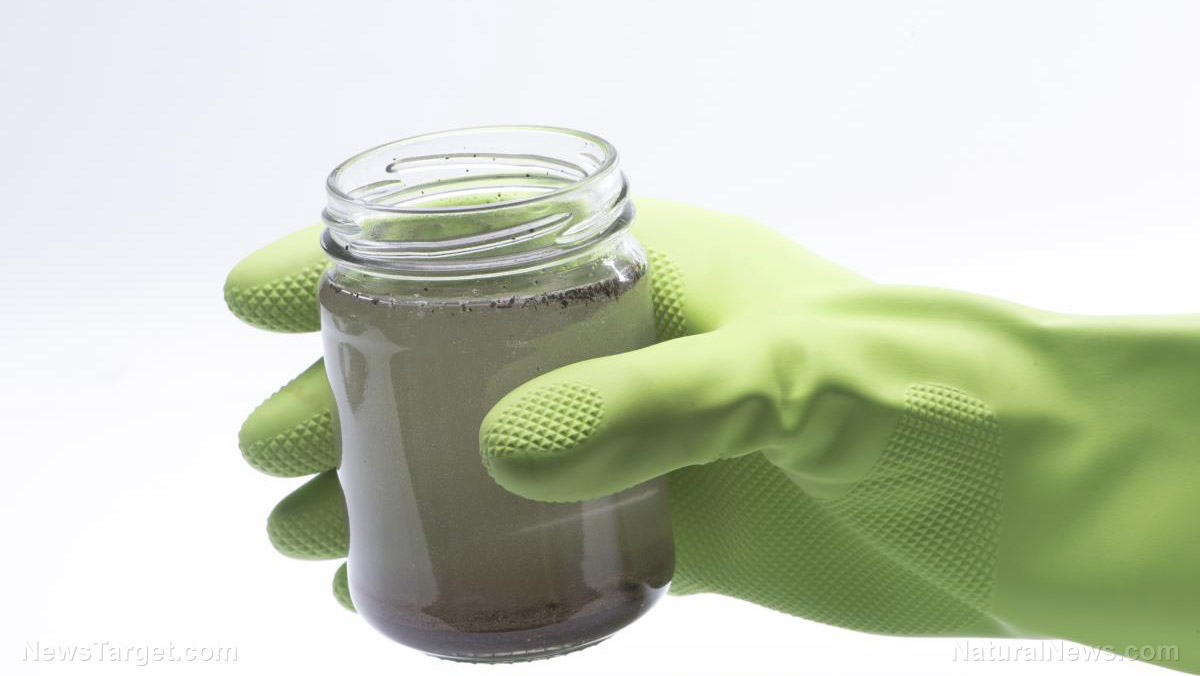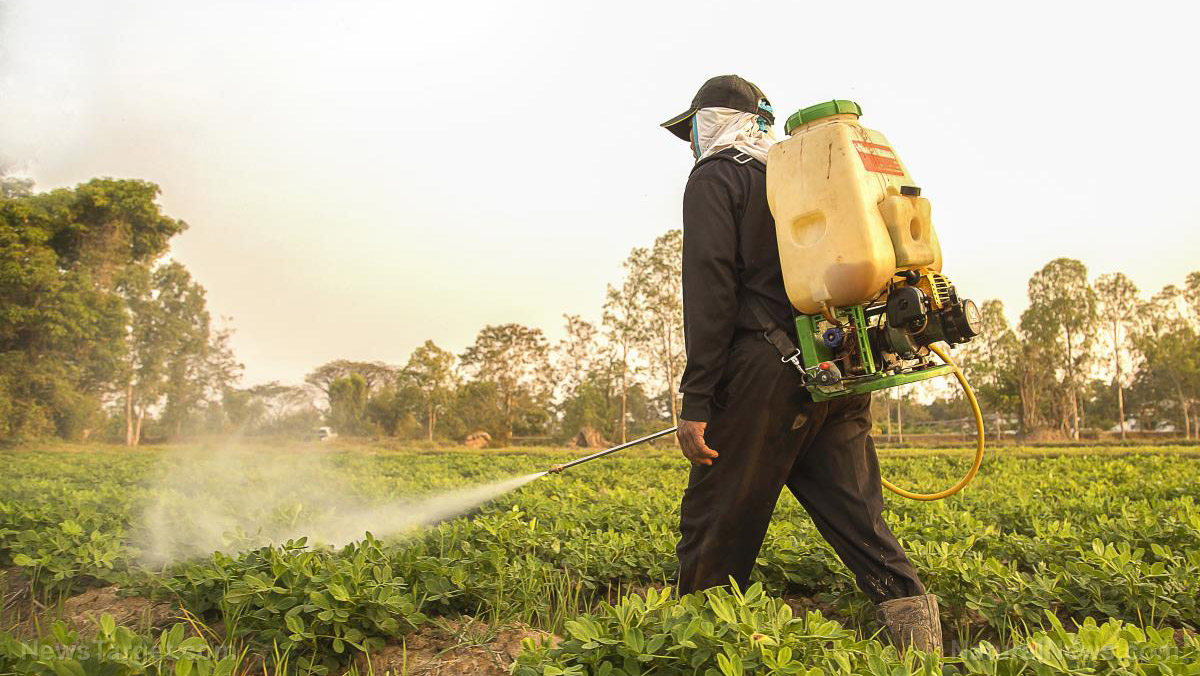Cyproconazole — toxicity, side effects, diseases and environmental impacts
12/05/2017 / By Janine Acero
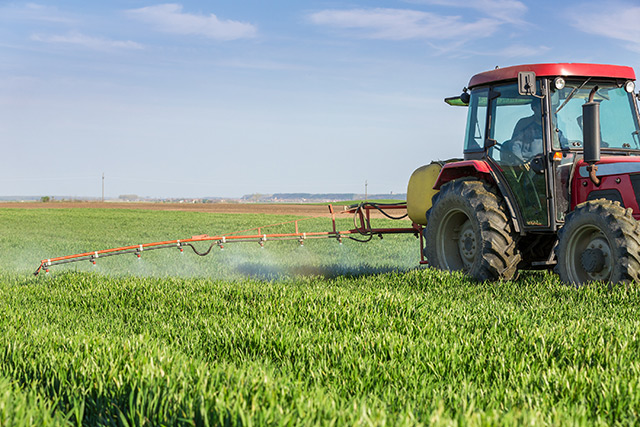

List of known side effects
An entry in the online chemistry database PubChem notes that cyproconazole can cause serious eye damage, is harmful when swallowed or inhaled, and may damage fertility or the unborn child. In addition, it is highly toxic to aquatic organisms with long-term effects.
Based on animal tests with mice, cyproconazole can cause hepatocellular adenomas and carcinomas, liver hypertrophy, increased liver weight and cell proliferation, single-cell necrosis and fat vacuolation.
Cyproconazole has been categorized by the United States Environmental Protection Agency (EPA) as a probable human carcinogen.
Body systems affected by cyproconazole
Cyproconazole may affect the adrenals, kidneys and liver, based on experimental doses in animal models.
Items that can contain cyproconazole
Cyproconazole is used to control fungal pathogens such as spetoria, net blotch, brown rust, yellow rust, eyespot, powdery mildews, chocolate spot, ear disease and glume blotch.
Cyproconazole residues may be found in a wide range of plants and crops, including lettuce, sugar beets, wheat, sorghum, rye, mustard greens, collar greens, radish, carrots, spinach, barley, grapes, apples, peaches, coffee, leek, beans, oilseed rape, melons, peas, triticale, oats, maize, soybeans, almonds and peanuts.
How to avoid cyproconazole
Handlers, mixers and applicators of cyproconazole may be exposed to its fumes in the workplace. The following are some protective measures to avoid any contact with cyproconazole:
- Use this material only in well ventilated areas. In case of accidental aspiration, leave the area of contamination and go to an open area with fresh air or proper ventilation. Seek medical attention immediately.
- Avoid contact with skin or clothing. Wear a protective suit, chemical-resistant gloves and safety footwear or safety gumboots. Remove any contaminated clothing item carefully, avoiding any contact with the skin. Rinse the contaminated part of the skin with soap and water.
- Do not get this material in your eyes. Wearing goggles or a face shield is required before handling any chemical. In case of contact, remove contact lenses (if applicable), then rinse with running water for several minutes. Seek medical help at once.
- Do not eat, drink or smoke near this substance. In case of swallowing any amount of cyproconazole, give plenty of water to drink. Refer for medical attention immediately.
- Refer to the workplace regulations regarding proper handling of equipment before applying chemicals.
Avoid the following products that contain cyproconazole as an active ingredient:
- Alto Elite
- Cabaret
- Caddy 240EC
- Cherokee
- Excelsior
- Menara
- Priori Xtra
- Quadris Xtra
Bayer CropScience, Dow AgroSciences and Syngenta are some manufacturers that supply products that contain cyproconazole.
Where to learn more
Summary
Cyproconazole is both a prevention and treatment fungicide used against brown rust, yellow rust, eyespot and powdery mildew, to name a few.
Cyproconazole is harmful when swallowed or inhaled. It can also cause serious eye irritation and may damage fertility or the unborn child.
Avoid products that contain cyproconazole such as Alto Elite, Caddy 240EC, Priori Xtra and Quadris Xtra, among others.
Tagged Under:





